After dinner, I wandered along the exclusive lakeside of New Century Ejoy Hotel Qiandaohu Wanghu in Hangzhou. Suddenly, I seemed to hear the sound of a big fish leaping out of the water. I hurried to the shore to check, only to find that it wasn’t the sound of fish jumping, but the sound of lake water lapping against the shore. For Brother Gu, who didn’t grow up near water, it’s hard to tell what’s happening on the lake just by the sound alone.
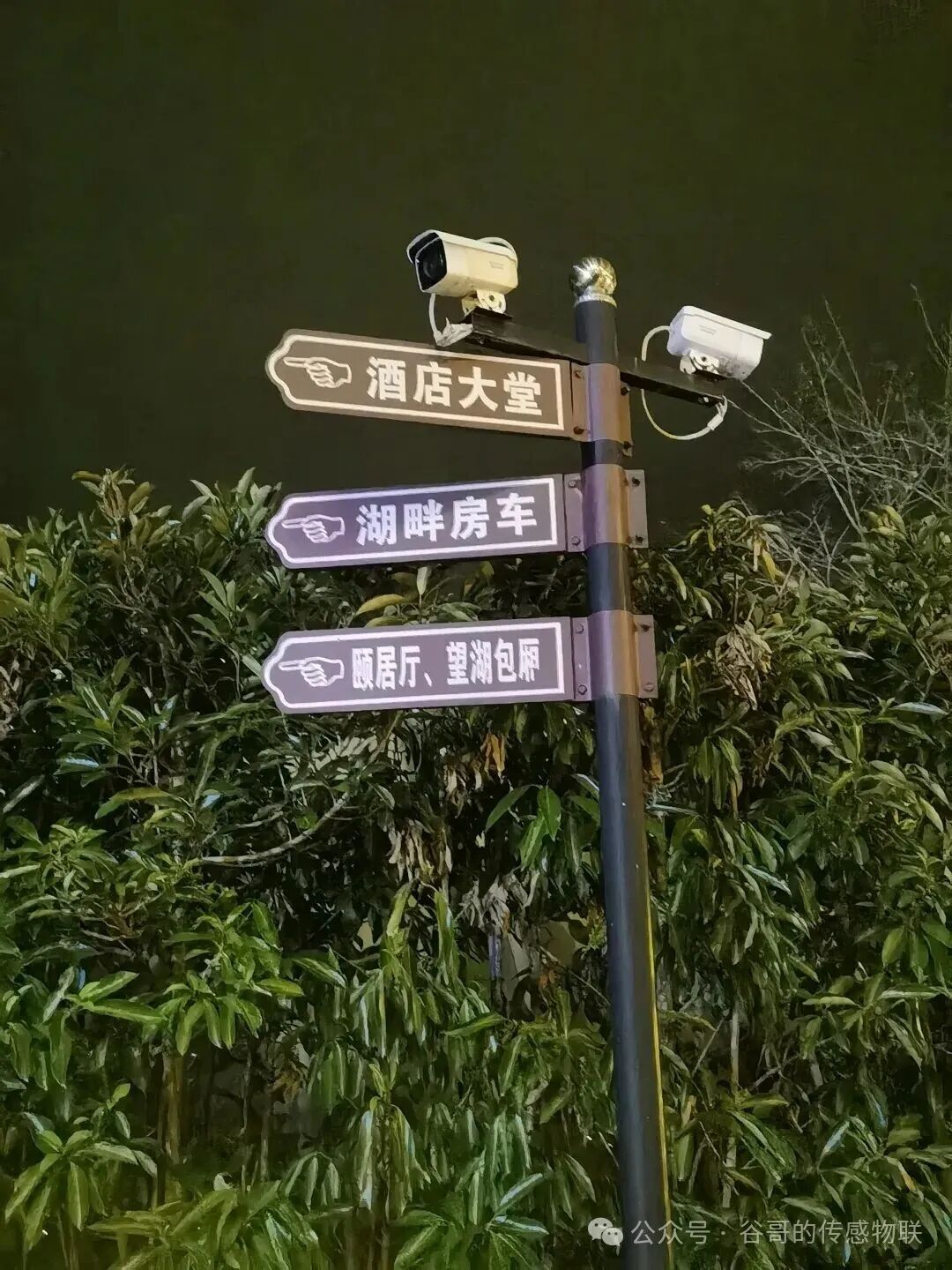
Do you think an intelligent sound sensor can distinguish it? After half a month of intense and hasty preparations, the "Shaanxi-Zhejiang IoT Industry Chain Cooperation and Matching Conference" – hosted by China Council for the Promotion of International Trade Shaanxi Sub-Council and organized by Shaanxi Sensor and IoT Industry Alliance – concluded successfully in Hangzhou this morning. In the afternoon, I visited and researched the "CloudMinds" robot project, one of Hangzhou’s "Six Little Dragons". Since I need to investigate Lierda’s smart factory tomorrow, I didn’t arrive at Qiandaohu until evening.
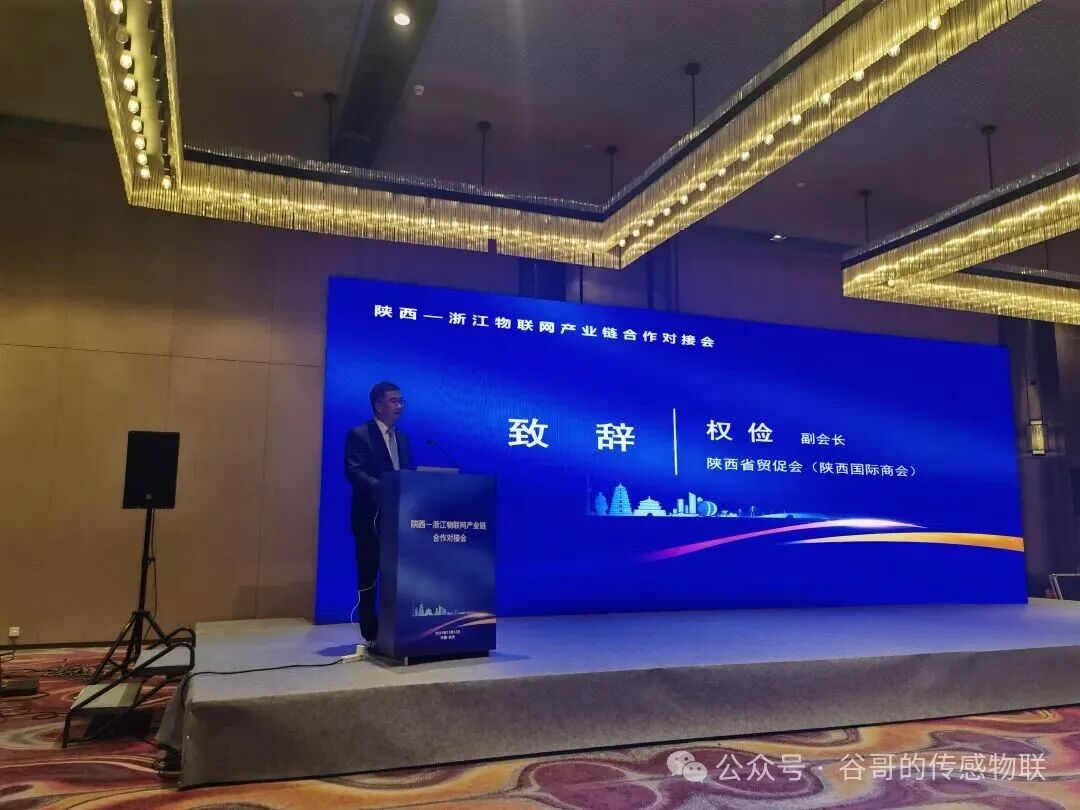
This morning’s speeches featured many wonderful contents, especially regarding relevant new types of sensors. Embodied intelligence and humanoid robots have become a popular new technology widely accepted by the public in recent years. The two most important sensors for humanoid robots are the six-axis force sensor and the (flexible) tactile force sensor. A six-axis force sensor consists of three spatial degrees of freedom, with one force sensor and one torque sensor on each degree of freedom. Just like human joints, it must accurately grasp the forces and torques in three spatial directions during movement. Current technical difficulties lie in precision, stability, and of course, decoupling calculations. With the increase in output, cost reduction has also become an important goal.

AVIC Electro-Measurement (Xi’an) Co., Ltd. is a leading enterprise in China in the R&D and industrialization of six-axis force sensors. Its products are not only used in humanoid robots and embodied intelligence products but also in various special applications.
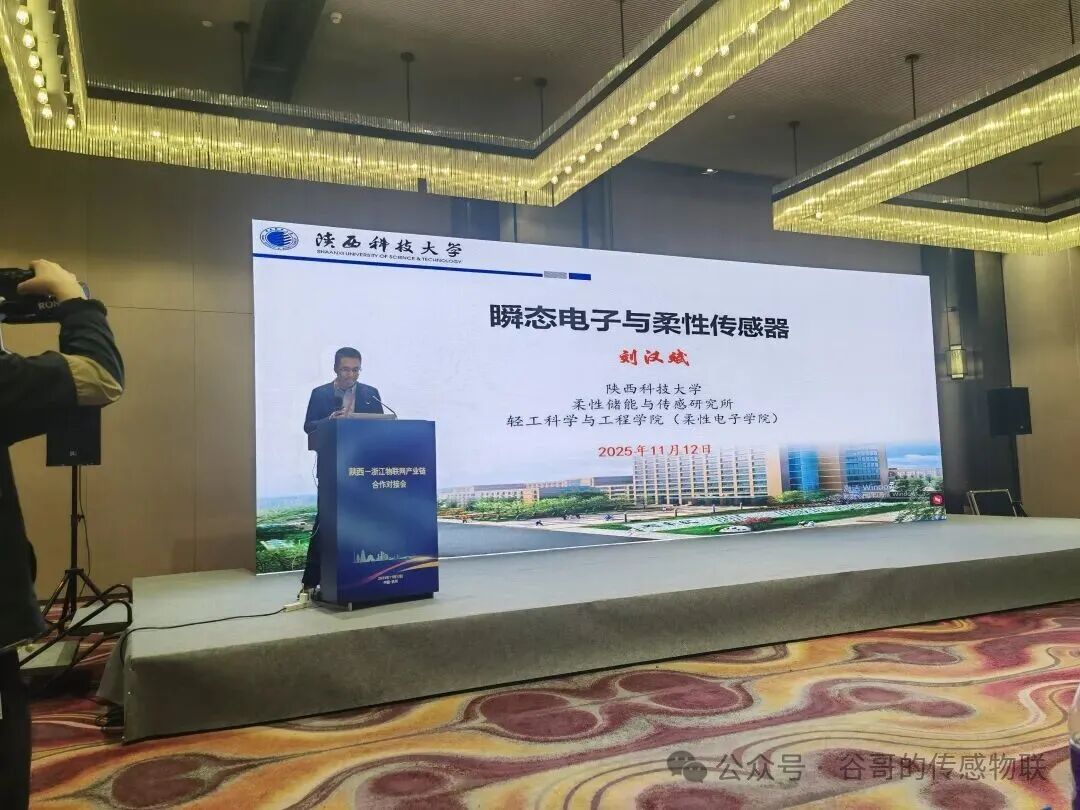
The requirements for (flexible) tactile force sensors in the application of dexterous hands for humanoid robots will continue to rise. Many domestic enterprises have achieved excellent results in this field. Professor Liu Hanbin from Shaanxi University of Science & Technology has been committed to the research of flexible sensors for many years. Based on the university’s decades of technical accumulation in papermaking research, combined with advanced material technologies today, Professor Liu has developed a new type of flexible sensor that can not only sense force but also temperature, humidity, strain, and VOC. Although it has not yet entered the application stage, he also calls on the investment community to pay attention to this technology.
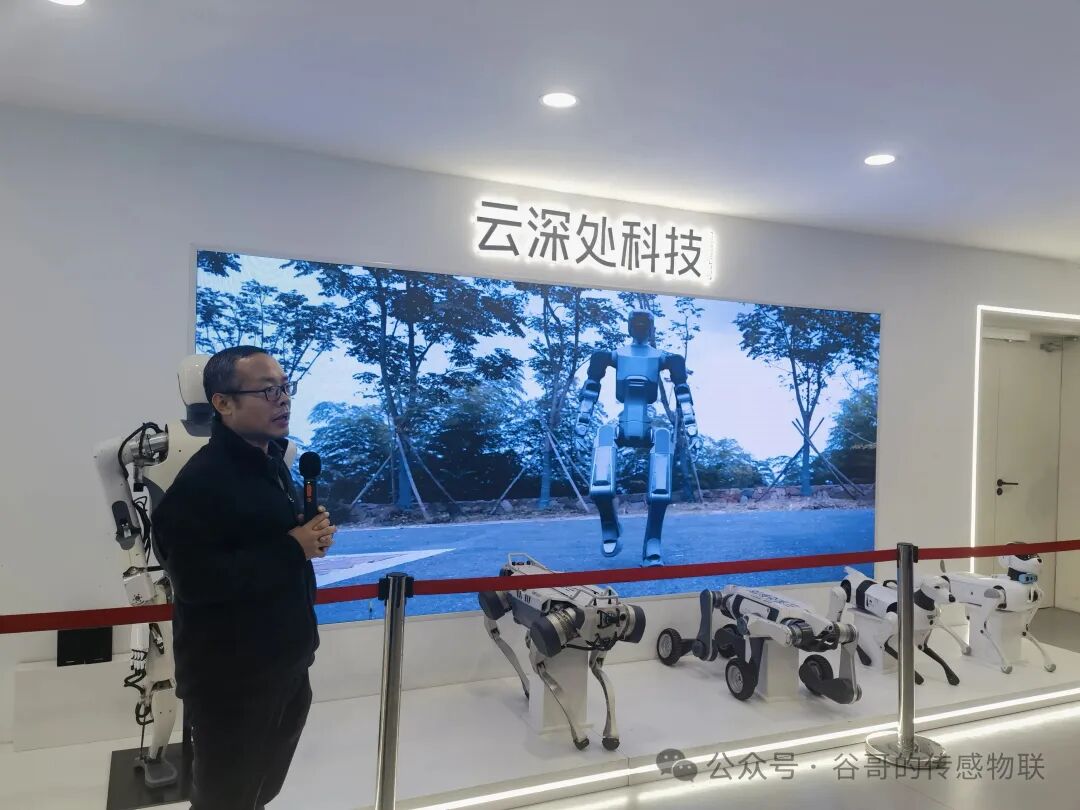
In the afternoon, I was fortunate to visit Hangzhou CloudMinds Technology Co., Ltd. to learn about the development status of humanoid robots and robot dogs.
Founded in 2017, CloudMinds Technology is dedicated to the R&D and production of embodied intelligent humanoid robots and robot dogs, and has achieved considerable development so far. What I saw with my own eyes was still shocking. According to General Manager Zhao, in the humanoid robot tender for power applications held in Singapore, CloudMinds Robotics defeated the renowned American Boston Dynamics and won the 20-million-yuan embodied robot power inspection project.

Current robots and robot dogs are essentially carriers that can move in complex environments. Equipped with heavy loads, they can serve as transport vehicles; with gas sensors, they can detect flammable gases; with visual sensors, they can visually observe complex environments; and with water faucets, they can fight fires. Of course, for applications on the battlefield, everyone can fully imagine various scenarios.
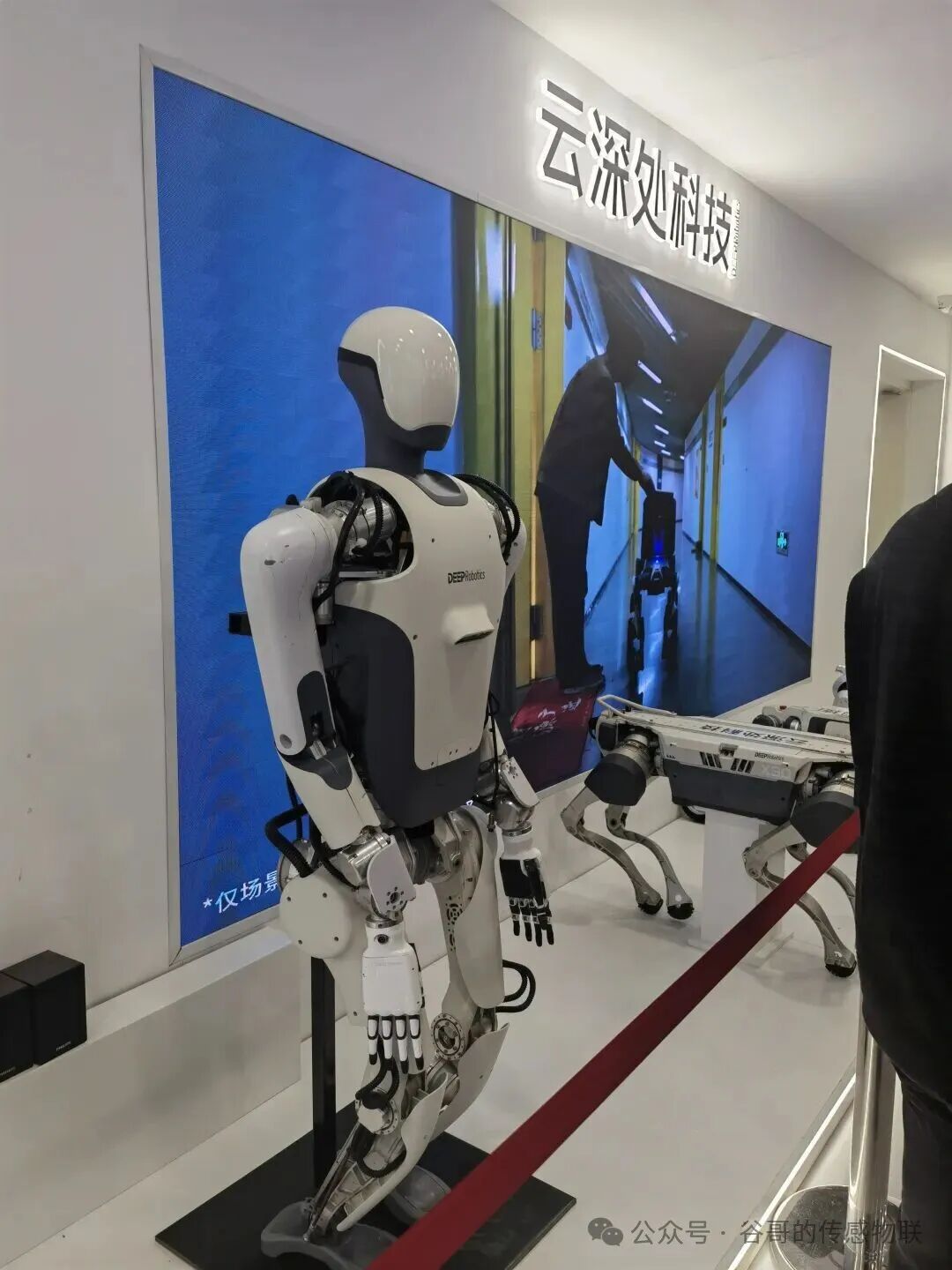
The current price range of humanoid robots is roughly 500,000 to 600,000 yuan for high-end models, around 100,000 yuan for mid-range ones, and as low as 10,000 yuan for economic models. The economic version can be used as a high-end toy, allowing children to ride on the robot dog and perform various actions. It is hoped that after large-scale production in the future, the unit price can drop to around 2,000 to 3,000 yuan, just like DJI’s drones. At that time, ordinary people may explore applications that even the designers never imagined.
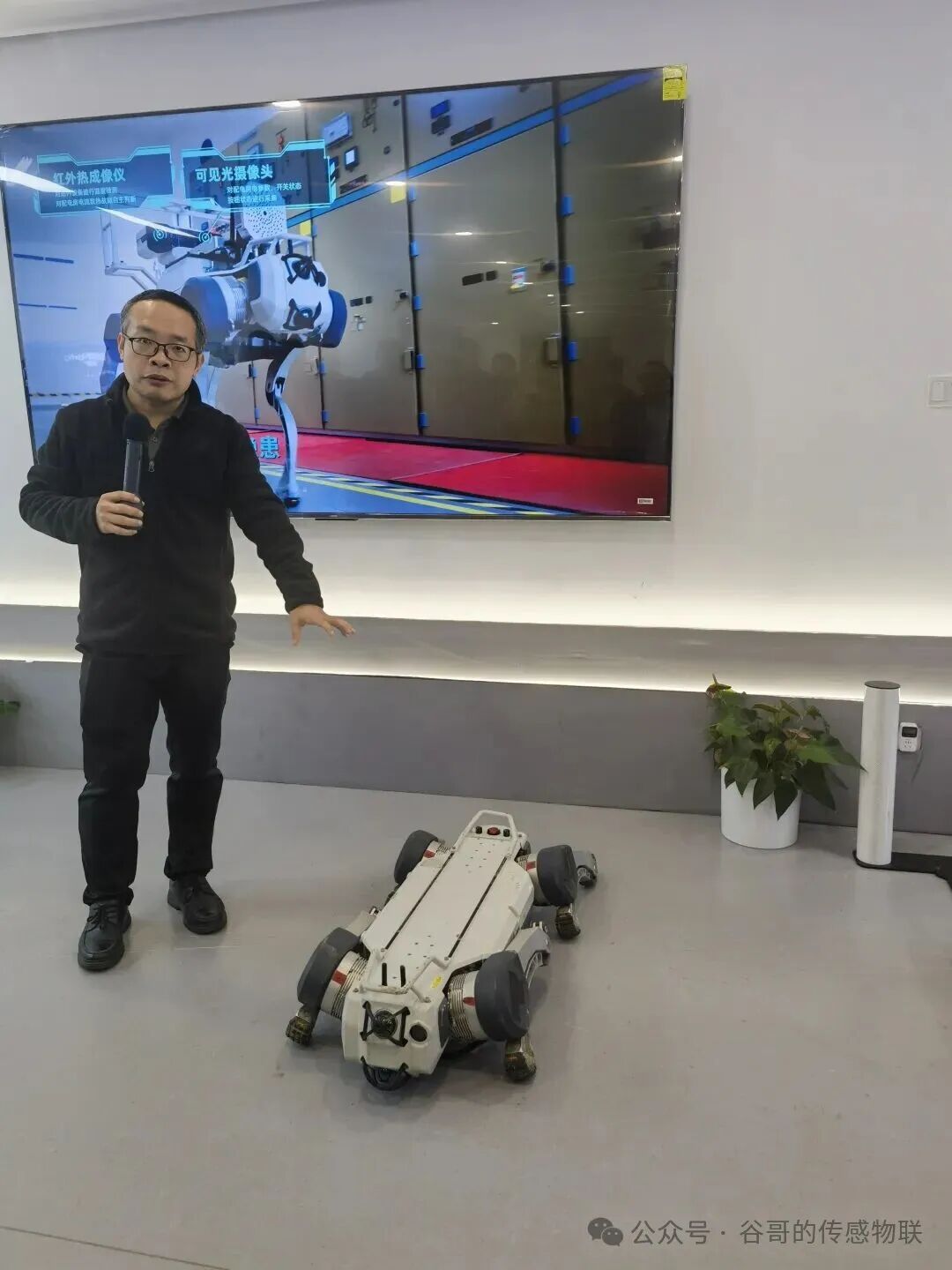
Sensors have been increasingly accepted by the public, but there are still many people who lack understanding of them – even college graduates with non-technical backgrounds. Yesterday, in the China Eastern Airlines lounge at Xi’an Xianyang International Airport, I met a handsome guy from Xi’an who works as a self-media creator. Since we both had time, I accepted his more than 30-minute video interview. His Douyin account has received over 10 million likes, but he knew nothing about sensors. Fortunately, he met me, and I popularized and trained him on sensor knowledge, especially regarding applications. This just confirms the old Chinese saying: "Promote what you do."
What is a sensor? I am often asked this question. Ordinary people should know that a sensor is like the "five senses and skin" of a human being, capable of perceiving various phenomena in nature. Nowadays, everyone is talking about smart industries. Without the development of sensors, there can be no future intelligent and smart society.
People in the industry should know that sensors are the "connector" between the physical world and the digital world, or between the real world and the virtual world. This "connector" takes in the "messiness" of the real or physical world on one end and outputs the "certainty" of the virtual or digital world on the other.
I wonder if the readers understand what I mean?#2025.11.12.22:12 New Century Ejoy Hotel Qiandaohu Wanghu#






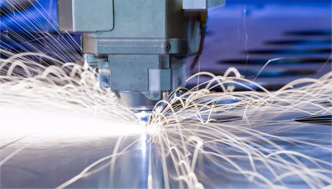




 Release Date:2025-11-13
Release Date:2025-11-13  Click on the quantity:50
Click on the quantity:50



